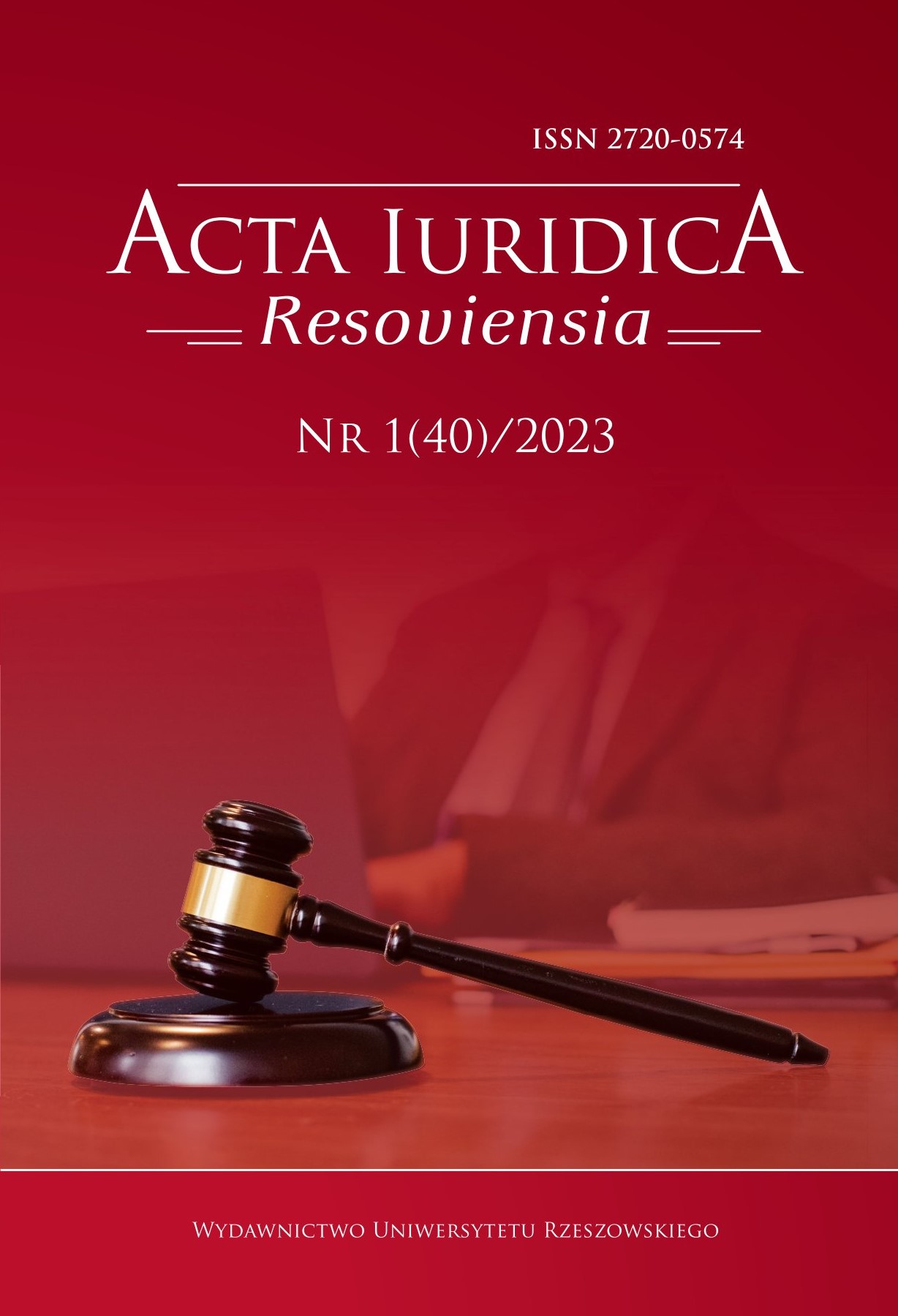Telemedicine in the face of the COVID-19 pandemic – advantages and disadvantages
DOI:
https://doi.org/10.15584/actaires.2023.1.10Keywords:
telemedicine, e-health, COVID-19 pandemicAbstract
The COVID-19 pandemic has created many challenges for the health care system. In order to continue safe and effective health care for COVID-19 patients and healthy individuals, many significant changes in medical practice models were required. Although telemedicine was originally developed to provide primary care for patients in rural or remote areas from a medical provider, the outbreak of the COVID-19 pandemic caused its rapid expansion. In order to prevent and reduce transmission of the virus, patients and medical staff had to quickly adapt to this model of medical care.
Telemedicine encompasses a wide range of medical care specialties and practices delivered using information and communication technology. Using phones, remote devices, emails, video chats, or conferences, it is possible for patients and medical staff to interact without the need for physical contact. With advances in technology, there is a growing acceptance and endorsement of telemedicine because this model of healthcare is an effective and efficient tool for improving quality of life and access to primary and specialty care. However, there are legal, ethical, and technological barriers to the practice of telemedicine that make the public reluctant to use this type of healthcare. Therefore, it is important to consider the advantages and disadvantages of implementing medical care in the form of telemedicine, particularly during the COVID-19 pandemic.
Downloads
Downloads
Published
How to Cite
Issue
Section
License
Copyright (c) 2023 Acta Iuridica Resoviensia (formelry: The Scientific Journal of the University of Rzeszow, Law Series)

This work is licensed under a Creative Commons Attribution-NonCommercial-NoDerivatives 4.0 International License.

